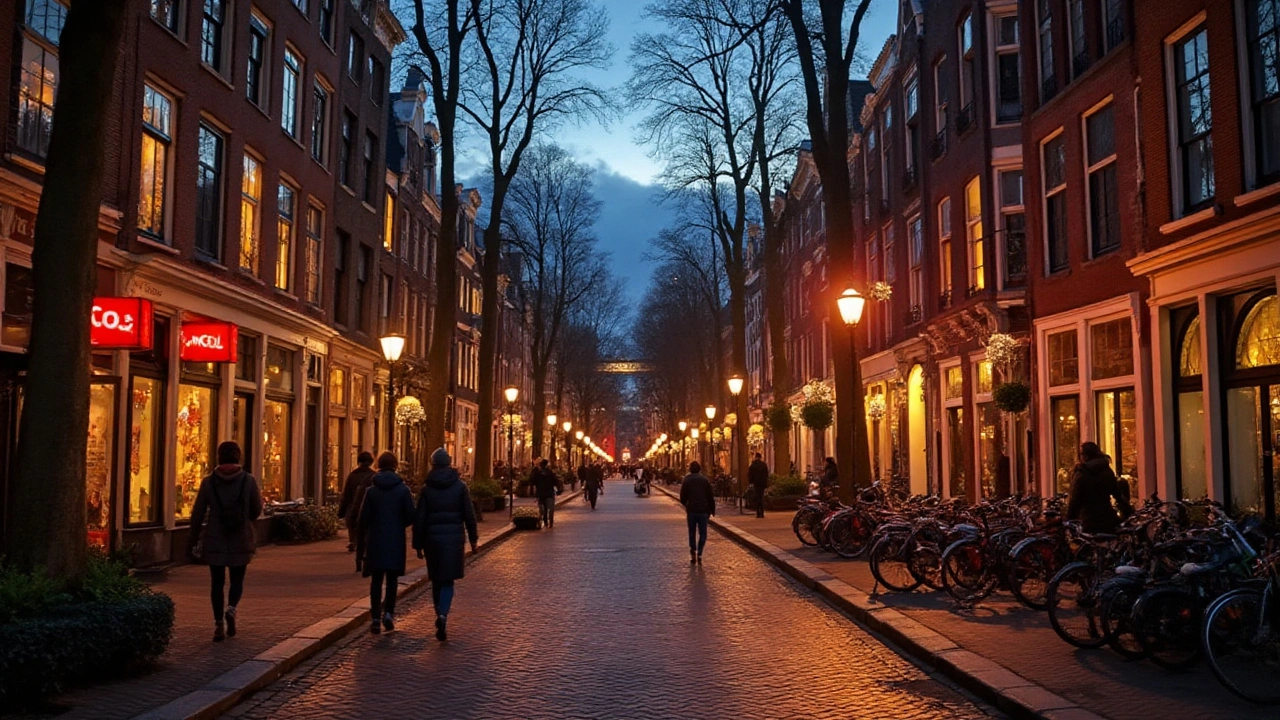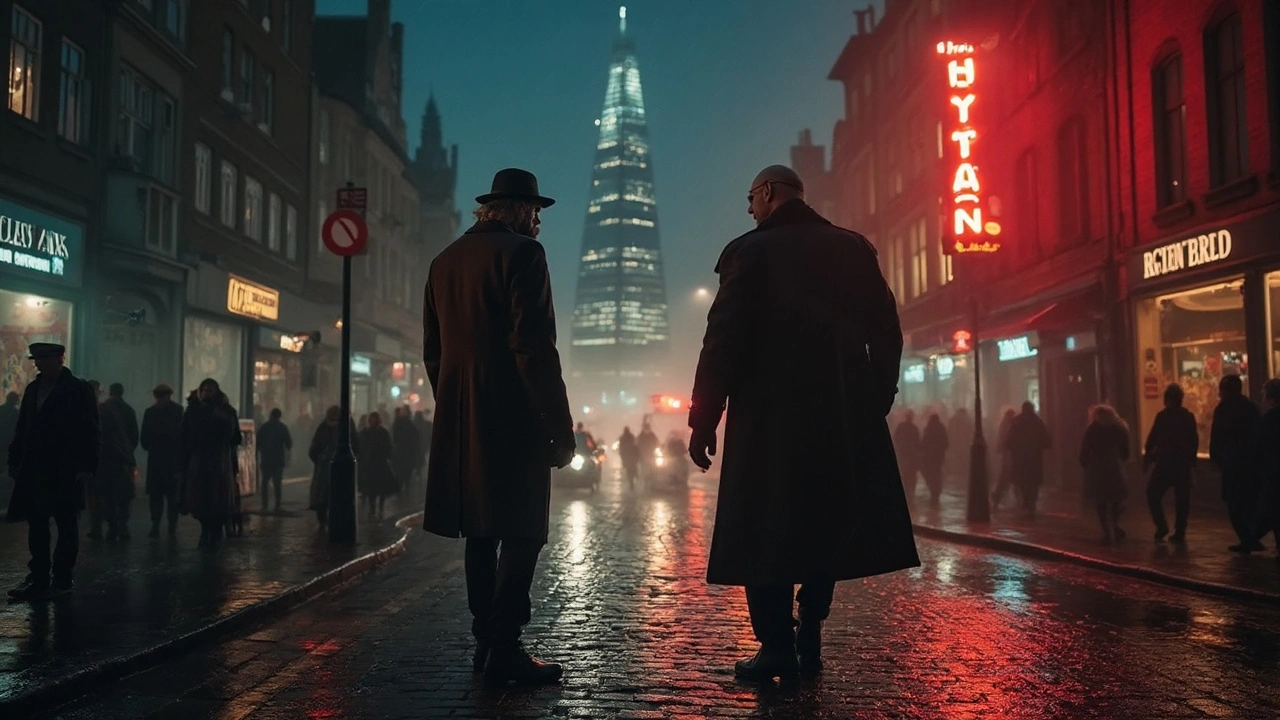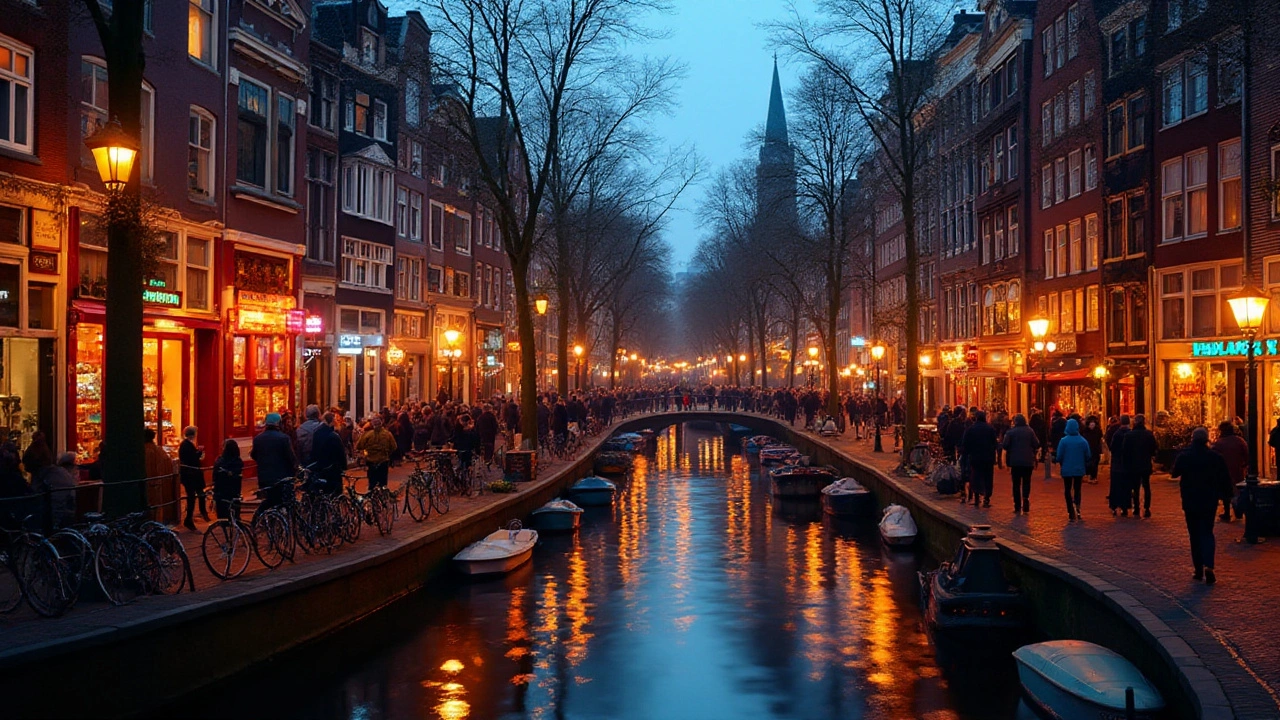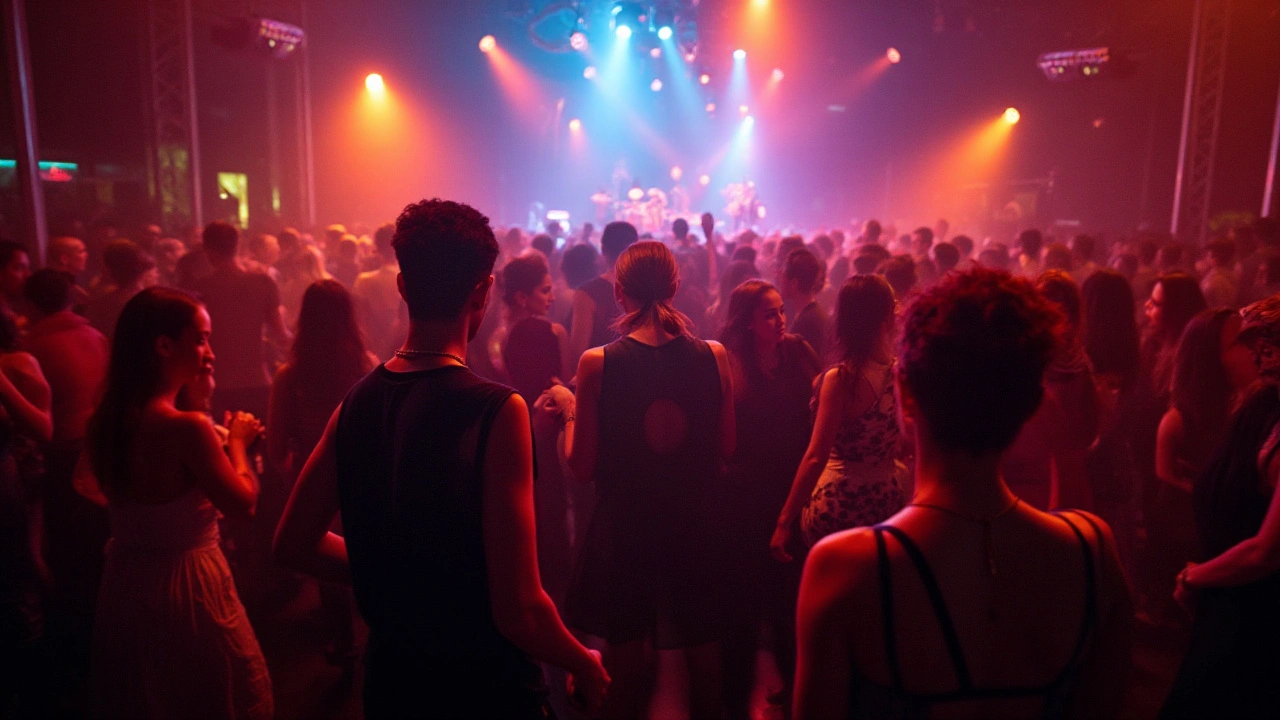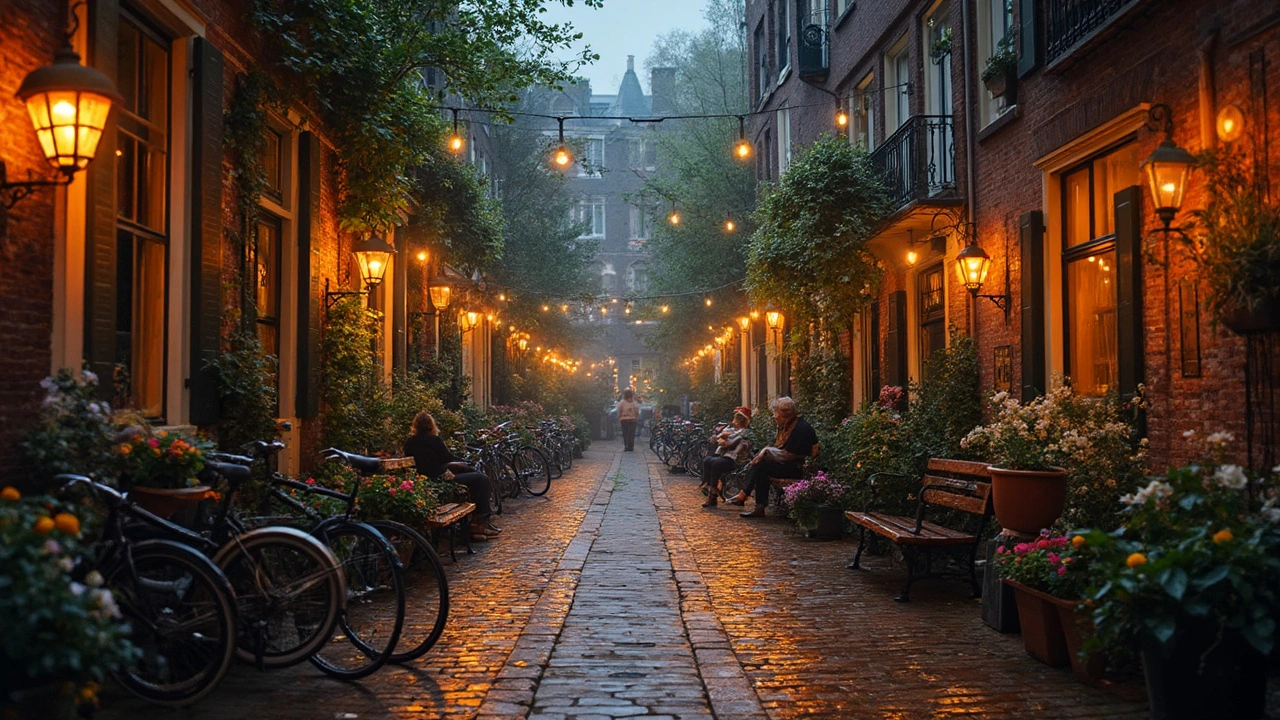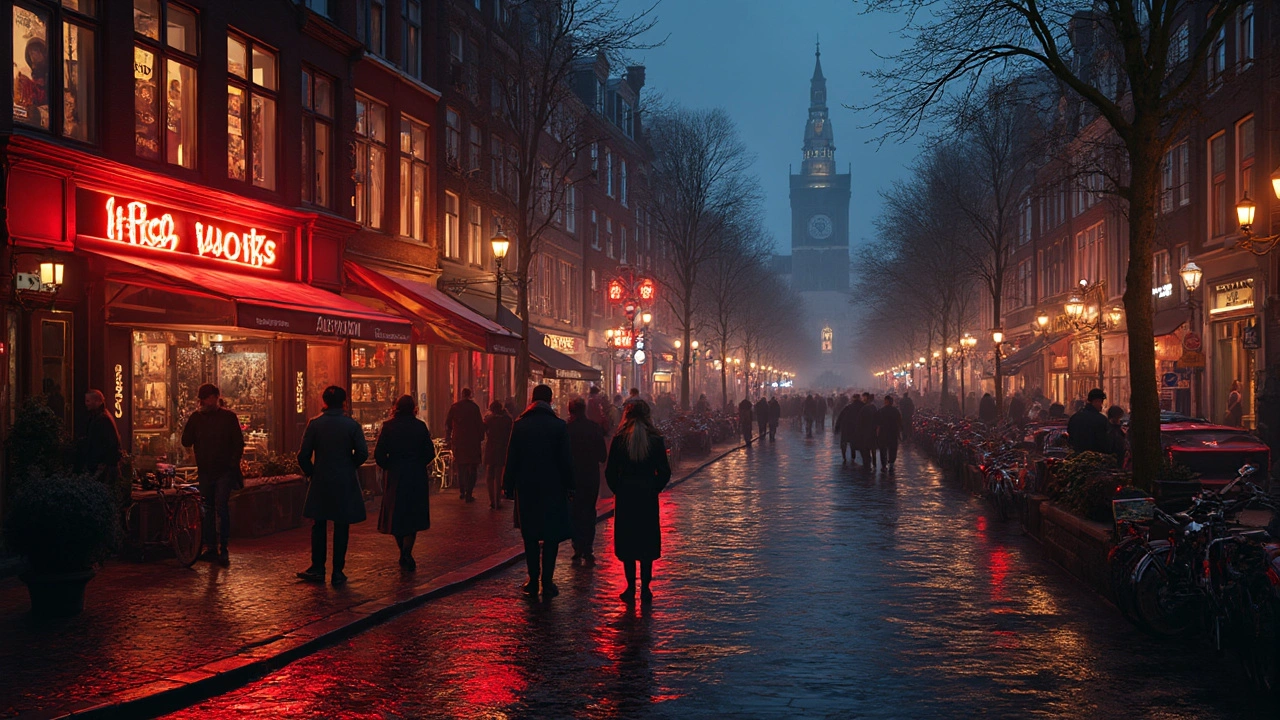
If you find yourself in Amsterdam and wander into De Wallen—the city’s infamous Red Light District—you might be shocked at how much the prices have changed since your last visit. Rates for services behind those glowing windows aren’t what they used to be, and tourists are feeling it in their wallets. Is this just inflation, or is something else going on?
People are talking. Locals, expats, and even longtime visitors swap stories over a Heineken in nearby bars about how prices have crept up. It used to be you could walk down Oudezijds Achterburgwal and know roughly what you’d pay. Not so much anymore. With an influx of tourists, changes in Dutch laws, and the rising cost of living, prices have shifted—and not always for reasons you’d expect.
If you’re planning a night in the Red Light District, it’s smart to check out how much you’ll actually need. It’s also good to know what you’re paying for, so you don’t end up out of both cash and patience. Locals will tell you: bring cash, be clear about what you want, and expect to pay more at peak times or for special requests.
But it’s not just about the money. This slice of Amsterdam life is always shifting. From strict rules on photography to new safety measures, there’s more happening in De Wallen than just neon lights. The culture, the crowd, and even Amsterdam’s city council have their hands in shaping today’s prices. Understanding the ‘why’ can make your visit a lot smoother—and maybe keep a few more euros in your pocket.
- How Much Do Sex Workers Charge in Amsterdam Now?
- What’s Pushing Prices in the Red Light District?
- How to Handle Money and Stay Safe
- Local Culture: What Else Impacts Prices?
How Much Do Sex Workers Charge in Amsterdam Now?
The big question for anyone rolling into the Amsterdam red light district is, what’s it going to cost? In 2025, the starting price for a standard session with a window sex worker is higher than before. You’re looking at about €60 for 15 to 20 minutes. That’s up from €50 a couple of years ago. And that’s just the base rate—extras will cost more, sometimes a lot more, depending on what you want.
Here’s a quick breakdown of typical prices right now:
| Service | Average Price (2025) |
|---|---|
| Standard session (15-20 min) | €60-€70 |
| Special requests | +€20-€100 extra |
| Oral sex only | €50-€60 |
Payment is almost always in cash—cards are rarely accepted. Most workers also prefer to negotiate up front, so don’t expect the price to drop once you’re inside. Negotiating is seen as normal, but don’t be rude or pushy; you might just get shown the door. If you show up late at night, say after 2 a.m., sometimes prices drop, but choice also gets limited. During big events like King's Day or around Pride Week, prices spike because the whole area gets much busier.
- Always agree on the price before stepping inside.
- Don’t assume everything is included in the base rate—ask first.
- If you’re not sure, most sex workers display their prices openly on a card by the window or will tell you straight-up if you just ask.
- Don’t count on the same rates as before Covid—things have changed with rising energy bills, new safety costs, and strong tourist demand.
Locals know to bring a bit extra, especially if you’re hoping for something specific or outside the usual. Keep in mind that weekends, especially Friday and Saturday nights, are the most expensive times to visit. And one last thing: tipping is not expected, but if you had a good experience and want to say thanks, a couple of euros is appreciated.
What’s Pushing Prices in the Red Light District?
Walking through Amsterdam’s Red Light District in 2025, you’ll notice everything just costs more. But what’s actually making prices jump? It’s not just because locals want extra cash. There’s a mix of changes in city politics, bigger running costs, and a steady flow of tourists.
The city council has been cracking down on rules in De Wallen. Back in 2023, Amsterdam started pushing policies to clean up the area, but that also meant rising window rents for sex workers. Research done by the local group PROUD shows rents for window spaces shot up by almost 18% in the last two years. Add in those higher energy bills and steeper taxes, and sex workers have been passing some of that cost onto customers.
| Year | Average Window Rent (€ per shift) |
|---|---|
| 2022 | 110 |
| 2023 | 122 |
| 2025 | 130-140 |
There’s another big driver: tourists. Amsterdam’s kept making world headlines as a party spot, especially after COVID-19 restrictions went away in 2022. Crowds grew bigger, especially around major festivals like King’s Day or Amsterdam Pride. That means higher demand, so the women in the windows can charge more when it’s busy. Pro tip: Weekends, summer evenings, and public events are when you’ll see the highest prices on the strip.
- Window rents have jumped nearly 20% since 2022.
- City regulations have tightened, so fewer windows are open than before—less supply, same (or more) demand.
- Cost of living in Amsterdam climbed 6.1% in the past year, according to the Dutch statistics bureau CBS.
- Tourist taxes and new rules for short-term lets also drive up costs locally.
Sex workers have told Dutch news sites like AT5 they’re simply charging what they need to keep their space and stay safe. It’s not about greed, it’s about covering rent, security systems, and city fees. Lots of first-timers think they can haggle, but the reality is prices are usually set, with maybe a little wiggle room depending on what you ask for.
So when you’re in the Red Light District, just know that those euros you spend aren’t only going to the person behind the glass. A chunk of it goes straight to Amsterdam’s landlords and local taxes. If you want cheaper prices, swing by early in the week, try off-peak hours, and respect the fact that you’re paying for someone’s livelihood in a very expensive part of town.
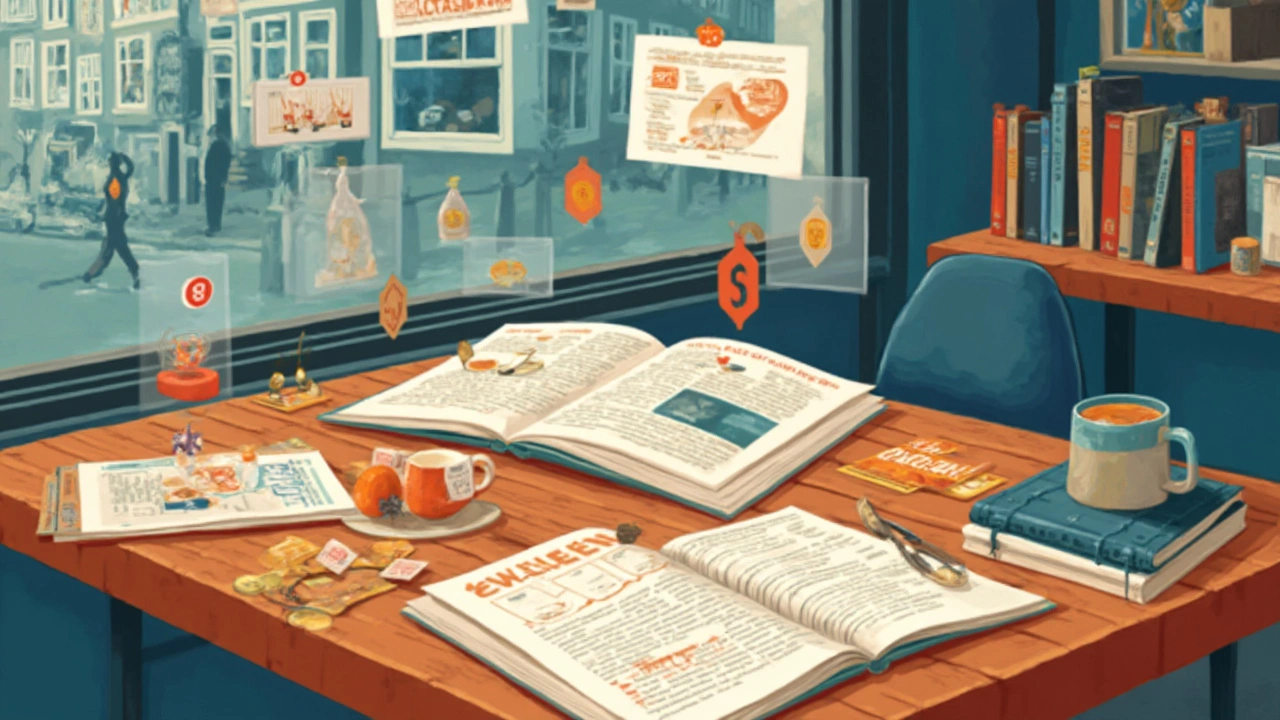
How to Handle Money and Stay Safe
If it’s your first time in Amsterdam’s red light district, you’ll notice that cash is still king behind those windows. Most sex workers in De Wallen prefer cash—euros, to be exact. Credit cards and digital payments aren’t accepted in most places, and ATMs get crowded at night, especially on weekends. Be smart and bring small bills; handing over big notes can slow things down and sometimes even make people suspicious.
As for rates, expect prices for basic services to start around €50, but extras can add up fast. Some locals will tell you that haggling is common, but don’t push your luck—if the price is too low, you might get turned away. Always agree on the price and the type of service before stepping inside a window. Misunderstandings can get awkward, fast.
Amsterdam is a safe city, but pickpocketing is a real thing in tourist-heavy areas. Keep your money somewhere safe and out of sight. Skip flashy wallets. Locals often use hidden pouches or money belts to keep their cash secure while walking through the busy streets.
If you need to use an ATM, stick to ones in well-lit areas or inside big shops and supermarkets. The ones right in the heart of De Wallen draw a crowd and are more likely to have card skimmers or lurking thieves.
| Tip | What to Do |
|---|---|
| Paying | Bring enough small euro bills, avoid large notes |
| Bargaining | Ask up front, settle price and service before entering |
| ATMs | Use machines in shops, avoid dark or crowded areas |
| Security | Keep cash discreet, use a hidden pouch or belt |
And a final tip that locals swear by: never flash your cash when you’re walking around, and don’t show off expensive phones or watches in the alleys. If you’ve had a few drinks, keep your wits about you—opportunistic thieves target distracted tourists late at night. Stay alert, keep things simple, and you’ll walk away with nothing but good memories.
Local Culture: What Else Impacts Prices?
The vibe in Amsterdam’s Red Light District isn’t just about who’s behind the window or what’s offered—it’s about the city’s deep-rooted culture, shifting rules, and the unpredictable flow of tourists. All of this gets baked into the price you’ll pay. Unlike what you see in movies, the district is a living, changing spot right in the middle of bustling Amsterdam. Everything from new city policies to local traditions plays a role in the rates you see today.
For starters, Amsterdam’s government has gotten stricter about how De Wallen operates. The city council has pushed for higher standards of safety and working conditions. Window rents have gone up—sometimes by 30% in just three years. That extra cost often lands on the customer’s tab. There’s also a new law in 2024 that limits the nighttime opening hours. Shorter hours mean workers feel more pressure to earn the same cash in less time, so rates rise, especially on weekends and during big events like King’s Day.
Tourism pressure is another big deal. A report from the Amsterdam Marketing Bureau showed the Red Light District gets more than 8,000 tourists a day in peak season. On top of that, big cruise ships now stop at the Passenger Terminal Amsterdam almost daily, flooding De Wallen with new faces. Local shops like FEBO on Damrak say they see almost double their daytime customers during these tourist surges. When so many people squeeze into a tiny area, prices shoot up fast—same as what you’d expect at a festival or holiday hotspot.
There’s also the Dutch way of negotiating—direct, open, and no-nonsense. But that’s changed in De Wallen. Locals used to haggle a bit, but now tourists try, and most sex workers stick to the posted prices. You’re less likely to get a “friendly discount” these days, especially if you don’t speak Dutch or have regular status with the locals.
It’s not only about direct costs—expect to pay a bit for the experience, too. The Red Light Secrets Museum or shops like Condomerie on Warmoesstraat even note an uptick in visitors curious about the culture but not necessarily the services behind the windows. Amsterdam embraces its Red Light District as both a business and a quirky part of local history, and that draws folks who drive up demand for everything from walking tours to legal weed shops.
Here’s a quick look at how key cultural factors have influenced price trends in De Wallen over the last few years:
| Year | Avg Service Price (€) | Avg Window Rent (€) | Stated Tourist Visits/day |
|---|---|---|---|
| 2020 | 50-60 | 110 | 5,500 |
| 2023 | 70-90 | 140 | 7,000 |
| 2025 | 90-120 | 155 | 8,000 |
If you want to save money and get a more relaxed experience, visit on a weekday afternoon. Fridays through Sundays, especially after 8 pm, are packed. Also, avoid major Dutch holidays—prices can jump up just for the sheer volume of interest. And always remember: the Amsterdam red light district has its own rhythm and rules, so showing respect for workers and local customs pays off more than any bargain hunt.

